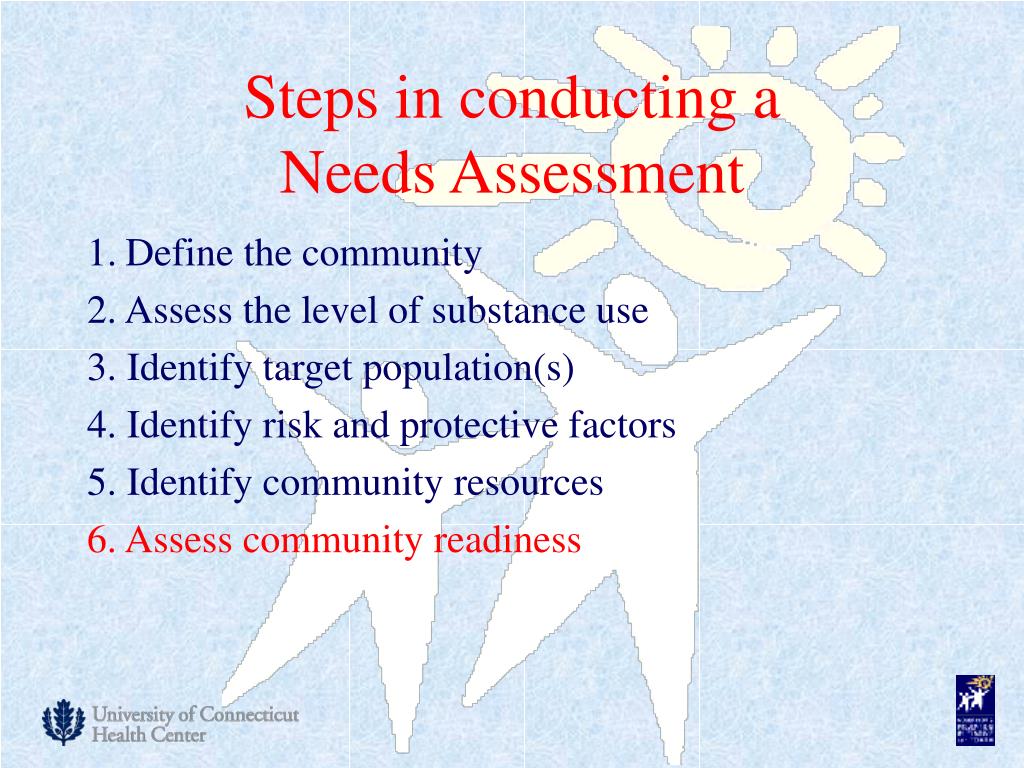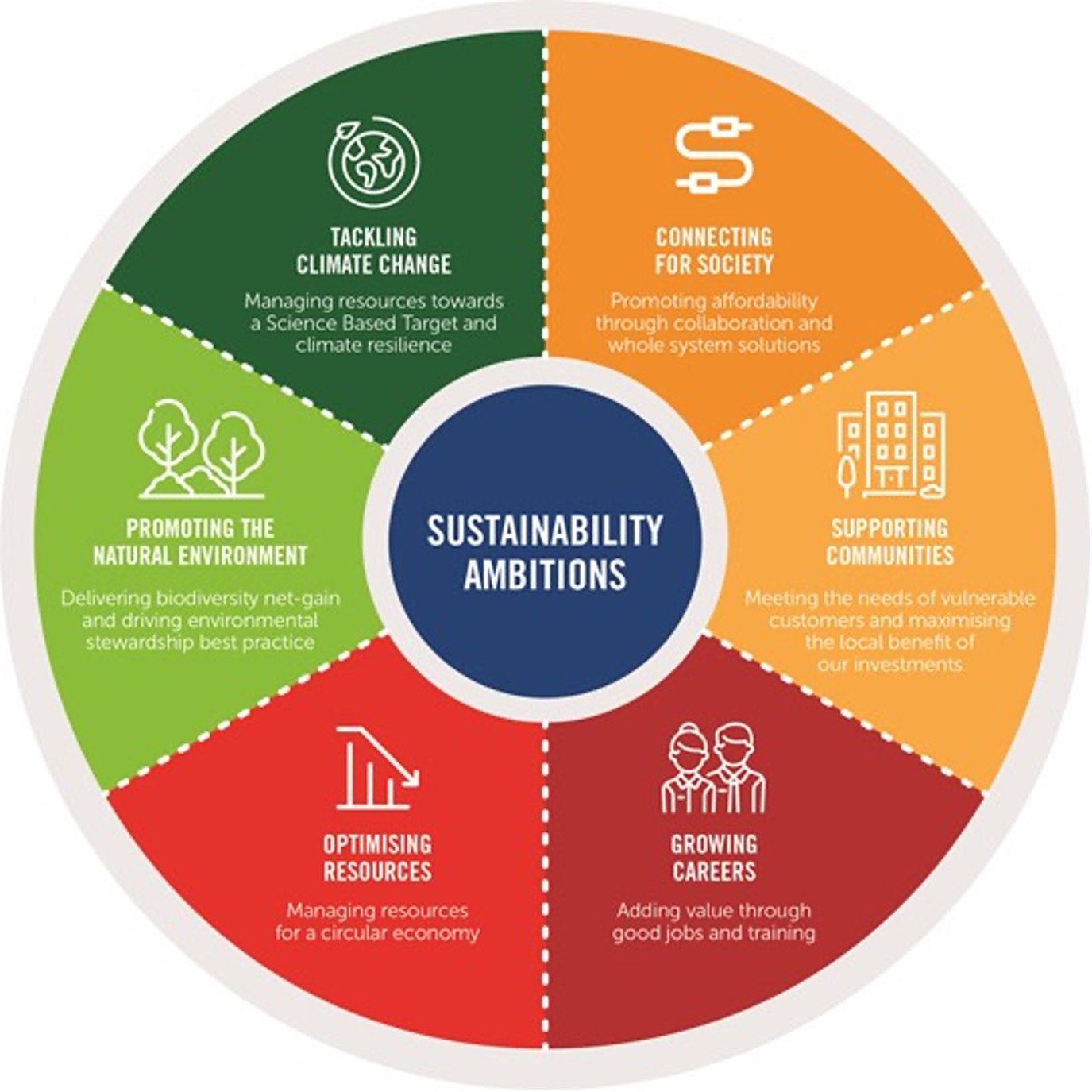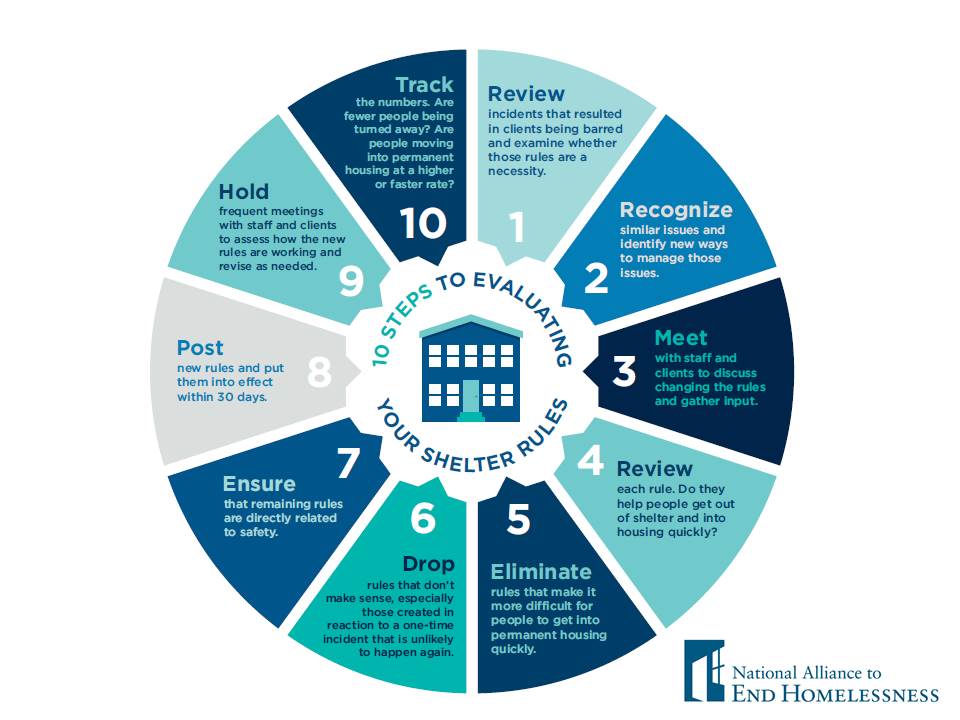Understanding the Need for Homeless Shelters in Your Community
The issue of homelessness is a growing concern in the United States, with millions of individuals and families struggling to find stable and secure housing. Homeless shelters play a vital role in providing safe and supportive environments for those in need, offering a range of services and resources to help individuals get back on their feet. When considering how to start a homeless shelter, it’s essential to understand the specific needs of your community and the role that your shelter can play in addressing them.
According to the National Alliance to End Homelessness, there are over 550,000 people experiencing homelessness on any given night in the United States. This number has been steadily increasing over the past few years, highlighting the need for more comprehensive and sustainable solutions. Homeless shelters are a critical part of this response, providing emergency housing, food, and clothing, as well as access to health care, counseling, and job training programs.
A well-run homeless shelter can make a significant difference in the lives of its residents, offering a safe and supportive environment that fosters dignity, respect, and hope. By providing a range of services and resources, homeless shelters can help individuals address the underlying causes of their homelessness, such as poverty, lack of affordable housing, and mental illness. This, in turn, can help individuals achieve stability and independence, reducing the likelihood of future homelessness.
When establishing a homeless shelter, it’s crucial to engage with the local community and understand the specific needs and challenges of the area. This includes researching the local homeless population, identifying gaps in existing services, and building relationships with community stakeholders. By taking a collaborative and inclusive approach, you can ensure that your shelter is tailored to the unique needs of your community, providing the most effective and sustainable solutions.
By understanding the need for homeless shelters in your community and the role that your shelter can play in addressing it, you can take the first step towards creating a safe and supportive environment for those in need. Whether you’re looking to establish a new shelter or expand existing services, this guide will provide you with the knowledge and expertise you need to make a meaningful difference in the lives of homeless individuals and families.
Conducting a Needs Assessment: Identifying the Specific Requirements of Your Shelter
Conducting a thorough needs assessment is a crucial step in establishing a homeless shelter that effectively addresses the needs of its residents. This process involves researching the local homeless population, identifying gaps in existing services, and engaging with community stakeholders to determine the specific requirements of your shelter.
To begin, it’s essential to gather data on the local homeless population, including demographics, housing needs, and service requirements. This information can be obtained through surveys, focus groups, and interviews with homeless individuals, as well as through analysis of existing data from local service providers and government agencies.
Next, identify gaps in existing services by analyzing the current service landscape in your area. This includes assessing the availability and accessibility of emergency housing, food, clothing, health care, and other essential services. By understanding the gaps in existing services, you can tailor your shelter’s programs and services to meet the unique needs of your community.
Engaging with community stakeholders is also critical in conducting a needs assessment. This includes building relationships with local service providers, government agencies, and community organizations to gain a deeper understanding of the needs and challenges of the local homeless population. By working collaboratively with these stakeholders, you can ensure that your shelter is integrated into the existing service network and provides comprehensive support to its residents.
A well-conducted needs assessment will provide valuable insights into the specific requirements of your homeless shelter, enabling you to develop targeted programs and services that address the unique needs of your community. By taking the time to thoroughly assess the needs of your community, you can establish a shelter that truly makes a difference in the lives of its residents.
When conducting a needs assessment, consider the following key questions:
- What are the demographics of the local homeless population?
- What are the primary housing needs of the local homeless population?
- What gaps exist in existing services, and how can your shelter address these gaps?
- What are the specific service requirements of the local homeless population?
- How can your shelter work collaboratively with community stakeholders to provide comprehensive support to its residents?
By answering these questions and gathering valuable insights into the needs of your community, you can establish a homeless shelter that truly makes a difference in the lives of its residents.
Developing a Business Plan: Creating a Sustainable Model for Your Shelter
Developing a comprehensive business plan is a crucial step in establishing a successful homeless shelter. A well-crafted business plan will help you create a sustainable model that ensures the long-term viability of your shelter, while also providing a roadmap for achieving your mission and goals.
A business plan for a homeless shelter should include several key components, including a mission statement, goals and objectives, market analysis, financial projections, and operational strategies. The mission statement should clearly articulate the purpose and goals of your shelter, while the market analysis should provide an overview of the local homeless population and the services currently available to them.
The financial projections should include a detailed breakdown of your shelter’s revenue and expenses, as well as a plan for securing funding and managing finances. This may include applying for government grants, soliciting private donations, and establishing partnerships with local organizations.
Operational strategies should outline the day-to-day operations of your shelter, including staffing, programming, and facilities management. This may include developing policies and procedures for intake and assessment, case management, and resident services.
When developing a business plan for your homeless shelter, consider the following key questions:
- What is the mission and purpose of your shelter?
- What are the goals and objectives of your shelter?
- Who is your target population, and what are their needs?
- What services will you provide, and how will you deliver them?
- How will you secure funding and manage finances?
- What are the operational strategies for your shelter, and how will you implement them?
By answering these questions and developing a comprehensive business plan, you can create a sustainable model for your homeless shelter that ensures the long-term viability of your organization.
In addition to these key components, a business plan for a homeless shelter should also include a section on evaluation and monitoring. This should outline the methods and metrics you will use to track the success of your shelter, including outcomes, feedback from residents, and financial performance.
By regularly evaluating and monitoring your shelter’s performance, you can make data-driven decisions to improve services and ensure that your shelter is meeting its mission and goals.
Securing Funding: Exploring Grants, Donations, and Partnerships
Securing funding is a critical step in establishing a homeless shelter. There are several funding options available, including government grants, private donations, and partnerships with local organizations. In this section, we will explore these options and provide advice on how to craft a compelling funding proposal and build relationships with potential donors.
Government grants are a common source of funding for homeless shelters. These grants are typically awarded to organizations that provide essential services to homeless individuals, such as food, clothing, and health care. To apply for a government grant, you will need to submit a proposal that outlines your shelter’s mission, goals, and budget. The proposal should also include a detailed description of the services you will provide and how you will measure success.
Private donations are another important source of funding for homeless shelters. These donations can come from individuals, foundations, and corporations. To secure private donations, you will need to build relationships with potential donors and demonstrate the impact of your shelter’s work. This can be done through fundraising events, social media campaigns, and personal outreach.
Partnerships with local organizations are also a key source of funding for homeless shelters. These partnerships can provide access to resources, expertise, and funding. To establish a partnership, you will need to identify organizations that share your shelter’s mission and values. You can then reach out to these organizations and propose a partnership that benefits both parties.
When crafting a funding proposal, there are several key elements to include. These elements include:
- A clear and concise mission statement
- A detailed description of the services you will provide
- A budget that outlines projected income and expenses
- A plan for measuring success and evaluating impact
- A list of potential donors and partners
By including these elements, you can create a compelling funding proposal that demonstrates your shelter’s value and potential for impact.
In addition to crafting a strong funding proposal, it’s also important to build relationships with potential donors and partners. This can be done through personal outreach, social media campaigns, and fundraising events. By building these relationships, you can establish trust and credibility with potential donors and partners, which can help secure funding for your shelter.
Building a Strong Team: Recruiting and Training Staff and Volunteers
Building a strong team is essential for the success of a homeless shelter. A skilled and compassionate team can provide the support and services that residents need to overcome homelessness and achieve stability. In this section, we will discuss the importance of recruiting and training staff and volunteers, and provide guidance on how to create a positive and supportive work environment.
Recruiting staff and volunteers is a critical step in building a strong team. When recruiting, look for individuals who are passionate about helping others and have the skills and experience necessary to provide high-quality services. Consider hiring staff and volunteers who have experience working with homeless populations, as well as those who have expertise in areas such as social work, counseling, and healthcare.
Once you have recruited a team, it’s essential to provide them with the training and support they need to succeed. This includes providing ongoing training and professional development opportunities, as well as creating a positive and supportive work environment. A positive work environment can help to reduce turnover and improve job satisfaction, which can in turn improve the quality of services provided to residents.
When training staff and volunteers, consider the following key areas:
- Understanding the needs and challenges of homeless populations
- Providing trauma-informed care and services
- Building strong relationships with residents and the community
- Managing crisis situations and providing emergency services
- Collaborating with other service providers and agencies
By providing comprehensive training and support, you can help your team to provide high-quality services and create a positive and supportive environment for residents.
In addition to training, it’s also essential to create a positive and supportive work environment. This can be achieved by:
- Fostering a culture of respect and empathy
- Encouraging open communication and collaboration
- Providing opportunities for professional development and growth
- Recognizing and rewarding staff and volunteers for their hard work and dedication
By creating a positive and supportive work environment, you can help to reduce turnover and improve job satisfaction, which can in turn improve the quality of services provided to residents.
Designing a Safe and Supportive Environment: Best Practices for Shelter Operations
Designing a safe and supportive environment is crucial for the well-being and success of homeless shelter residents. A well-designed shelter can provide a sense of security, dignity, and hope for individuals who have experienced trauma and hardship. In this section, we will discuss the key considerations for designing a safe and supportive environment within your homeless shelter, including facility layout, security measures, and program offerings.
Facility layout is a critical aspect of designing a safe and supportive environment. The layout should be designed to promote a sense of community and inclusiveness, while also ensuring the safety and security of residents. Consider the following best practices for facility layout:
- Provide private and semi-private sleeping areas to promote a sense of dignity and respect
- Designate common areas for socialization and community building
- Ensure that the facility is accessible and navigable for residents with disabilities
- Provide adequate lighting and ventilation to promote a sense of safety and well-being
Security measures are also essential for ensuring the safety and security of residents. Consider the following best practices for security measures:
- Install security cameras and alarms to deter and detect potential threats
- Provide on-site security personnel to monitor the facility and respond to incidents
- Develop and implement a comprehensive emergency response plan
- Ensure that all staff and volunteers are trained in crisis intervention and de-escalation techniques
Program offerings are also critical for providing a supportive environment for residents. Consider the following best practices for program offerings:
- Provide access to counseling and mental health services
- Offer educational and job training programs to promote self-sufficiency
- Provide access to health and wellness services, including medical and dental care
- Develop and implement a comprehensive case management program to support residents in achieving their goals
By incorporating these best practices into your shelter’s design and operations, you can create a safe and supportive environment that promotes the well-being and success of your residents.
In addition to these best practices, it’s also essential to consider the unique needs and challenges of your shelter’s population. This may include providing specialized services and programs for specific populations, such as veterans, families with children, or individuals with disabilities.
By taking a comprehensive and inclusive approach to designing a safe and supportive environment, you can create a shelter that truly makes a difference in the lives of its residents.
Providing Essential Services: Food, Clothing, and Health Care
Providing essential services is a critical component of operating a successful homeless shelter. Food, clothing, and health care are some of the most basic needs that individuals experiencing homelessness require. In this section, we will discuss the importance of providing these essential services and offer advice on how to establish partnerships with local service providers to ensure that residents receive the support they need.
Food is a fundamental necessity for human survival. Homeless shelters should provide access to nutritious meals and snacks to help residents maintain their physical and mental health. Consider partnering with local food banks, restaurants, and grocery stores to provide food for your shelter. You can also establish a community garden or kitchen to provide fresh produce and meals for residents.
Clothing is another essential service that homeless shelters should provide. Residents may need access to clean clothes, shoes, and personal hygiene items. Consider partnering with local clothing banks, thrift stores, and laundry services to provide these essential items. You can also establish a clothing donation program to collect gently used clothing and shoes from the community.
Health care is a critical service that homeless shelters should provide. Residents may require access to medical and dental care, mental health services, and substance abuse treatment. Consider partnering with local health care providers, hospitals, and clinics to provide these services. You can also establish a health care clinic on-site to provide residents with easy access to medical care.
Establishing partnerships with local service providers is essential for providing essential services to residents. Consider the following best practices for establishing partnerships:
- Research local service providers and identify potential partners
- Reach out to potential partners and discuss potential collaborations
- Develop a Memorandum of Understanding (MOU) to outline the terms of the partnership
- Establish clear communication channels and protocols for referrals and services
By providing essential services and establishing partnerships with local service providers, you can help ensure that residents receive the support they need to overcome homelessness and achieve stability.
In addition to providing essential services, it’s also important to consider the unique needs and challenges of your shelter’s population. This may include providing specialized services and programs for specific populations, such as veterans, families with children, or individuals with disabilities.
By taking a comprehensive and inclusive approach to providing essential services, you can create a shelter that truly makes a difference in the lives of its residents.
Measuring Success: Evaluating the Impact of Your Homeless Shelter
Evaluating the impact of your homeless shelter is crucial to ensuring that you are providing effective services and making a positive difference in the lives of your residents. In this section, we will discuss the importance of measuring success and provide guidance on how to establish a robust evaluation framework and use data to drive continuous improvement.
Measuring success is not just about tracking outcomes, but also about gathering feedback from residents and making data-driven decisions to improve services. Consider the following best practices for measuring success:
- Establish clear goals and objectives for your shelter
- Develop a comprehensive evaluation framework that includes metrics for tracking outcomes, resident feedback, and program effectiveness
- Use data to drive decision-making and improve services
- Regularly review and revise your evaluation framework to ensure it remains relevant and effective
When establishing an evaluation framework, consider the following key components:
- Resident demographics and characteristics
- Service utilization and engagement
- Outcome metrics, such as housing placement and employment rates
- Resident feedback and satisfaction
- Program effectiveness and efficiency
By incorporating these components into your evaluation framework, you can gain a comprehensive understanding of your shelter’s impact and make data-driven decisions to improve services.
In addition to establishing an evaluation framework, it’s also important to regularly review and revise your framework to ensure it remains relevant and effective. Consider the following best practices for reviewing and revising your evaluation framework:
- Regularly review and analyze data to identify trends and areas for improvement
- Seek feedback from residents, staff, and community stakeholders to inform revisions to the evaluation framework
- Revise the evaluation framework as needed to ensure it remains aligned with your shelter’s goals and objectives
By regularly reviewing and revising your evaluation framework, you can ensure that your shelter remains effective and efficient in providing services to residents.
In conclusion, measuring success is a critical component of operating a successful homeless shelter. By establishing a robust evaluation framework and using data to drive continuous improvement, you can ensure that your shelter is making a positive difference in the lives of your residents.







